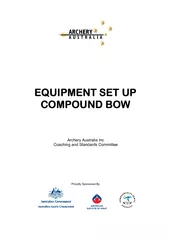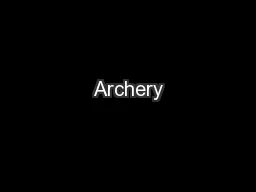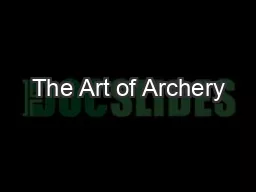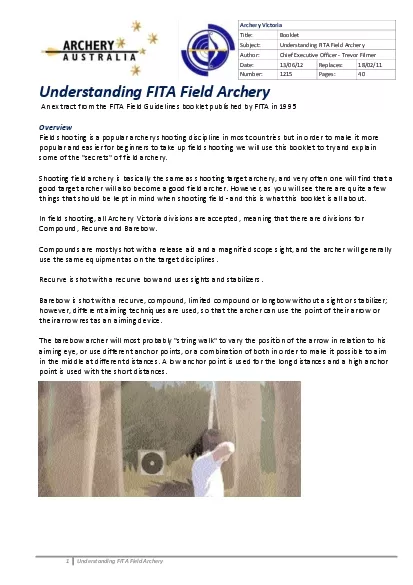PDF-Archery Australia Inc Coaching and Standards Committee
Author : luanne-stotts | Published Date : 2015-05-08
his article assumes a person has just purchased a new compound bow and wants to set the bow up This process is very straight forward and set out in clear steps that
Presentation Embed Code
Download Presentation
Download Presentation The PPT/PDF document "Archery Australia Inc Coaching and Stand..." is the property of its rightful owner. Permission is granted to download and print the materials on this website for personal, non-commercial use only, and to display it on your personal computer provided you do not modify the materials and that you retain all copyright notices contained in the materials. By downloading content from our website, you accept the terms of this agreement.
Archery Australia Inc Coaching and Standards Committee: Transcript
Download Rules Of Document
"Archery Australia Inc Coaching and Standards Committee"The content belongs to its owner. You may download and print it for personal use, without modification, and keep all copyright notices. By downloading, you agree to these terms.
Related Documents














